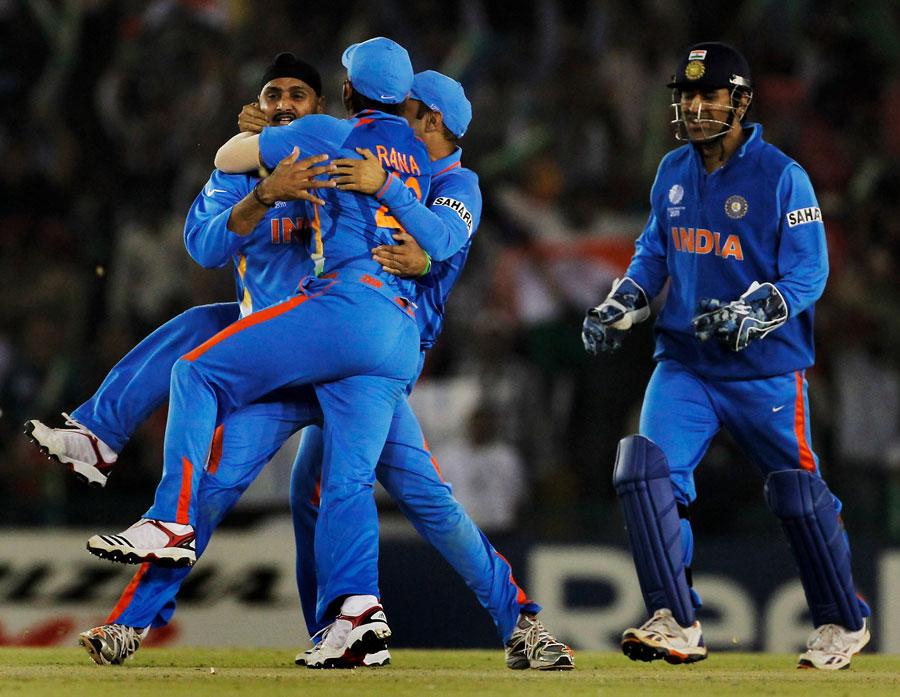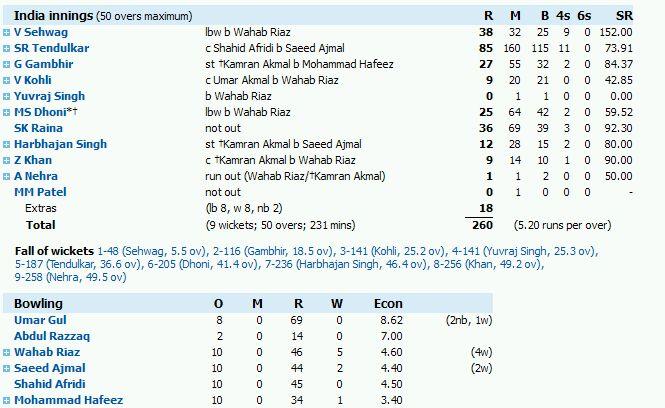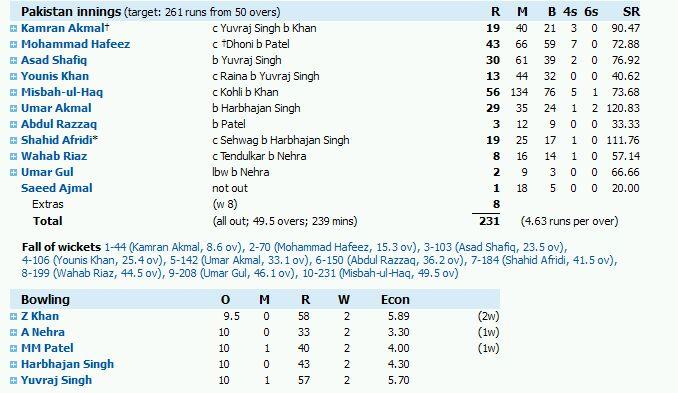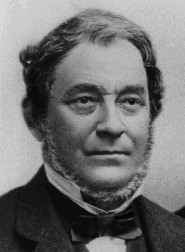If it has anything to do with the Ice Cream Sundae, it has everything to do with us. We are dedicated to supporting and respecting the convivial traditions of the fountain and celebrating the pleasures of the Ice Cream Sundae in everyday life.
No dessert could be simpler than the Ice Cream Sundae – a scoop of ice cream, a sweet topping, and the ubiquitous whipped cream and cherry at the top. But icons are never really that simple, and, perhaps more than any other dish, the Sundae is an American icon. Like people, nations are what they eat. More than any other native dish, the Ice Cream Sundae is an essential reminder of the American genius for invention, passion for indulgence, and reputation for wackiness. The French may have given refinement to ice cream with their coupes and parfaits, but it took American excess and ingenuity to create the Sundae. It's as messy and irresistible as democracy itself.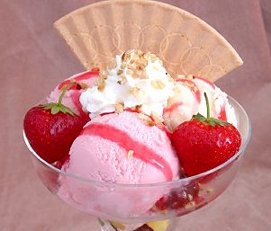
Sundaes are us, and they have been pleasuring our collective senses ever since 1892, when an enterprising Ithaca, New York, soda fountain proprietor accessorized a scoop of ice cream with sweet syrup and candied cherry, then named it after the Sabbath. A sundae is not just any dish, but a dessert that is original, enduring, and authentically American. For well over a century, the ice cream sundae has been a symbol of our abundance and appetite, our ingenuity, and our never-lost youth. In their assembly, sundaes provide an unrestrained opportunity to express our essential character. They acquire personality not only through their combination of ingredients, but through the history that they witness. During the twists and turns our country has taken over the past hundred or so years, ice cream sundaes have been standing by to lift our spirits. After the 1929 stock market crash, one of the few luxuries that average folks could afford was the democratically-priced sundae. During World War II, patriotic "Victory Sundaes" included a Defense Saving Stamp with every purchase, while the Navy commissioned floating ice cream parlors - refrigerated barges with ice cream plants - to boost troop morale. In wartime and in hard times, home refrigerators were stocked with ice creams that, with a dash of imagination, provided the basis for an irresistible sundae.

No dessert could be simpler than the Ice Cream Sundae – a scoop of ice cream, a sweet topping, and the ubiquitous whipped cream and cherry at the top. But icons are never really that simple, and, perhaps more than any other dish, the Sundae is an American icon. Like people, nations are what they eat. More than any other native dish, the Ice Cream Sundae is an essential reminder of the American genius for invention, passion for indulgence, and reputation for wackiness. The French may have given refinement to ice cream with their coupes and parfaits, but it took American excess and ingenuity to create the Sundae. It's as messy and irresistible as democracy itself.

Sundaes are us, and they have been pleasuring our collective senses ever since 1892, when an enterprising Ithaca, New York, soda fountain proprietor accessorized a scoop of ice cream with sweet syrup and candied cherry, then named it after the Sabbath. A sundae is not just any dish, but a dessert that is original, enduring, and authentically American. For well over a century, the ice cream sundae has been a symbol of our abundance and appetite, our ingenuity, and our never-lost youth. In their assembly, sundaes provide an unrestrained opportunity to express our essential character. They acquire personality not only through their combination of ingredients, but through the history that they witness. During the twists and turns our country has taken over the past hundred or so years, ice cream sundaes have been standing by to lift our spirits. After the 1929 stock market crash, one of the few luxuries that average folks could afford was the democratically-priced sundae. During World War II, patriotic "Victory Sundaes" included a Defense Saving Stamp with every purchase, while the Navy commissioned floating ice cream parlors - refrigerated barges with ice cream plants - to boost troop morale. In wartime and in hard times, home refrigerators were stocked with ice creams that, with a dash of imagination, provided the basis for an irresistible sundae.
Following the classic model, sundaes are served in footed, tulip-shaped glasses, filled with scoops of ice cream as the foundation for interplays of sauces or syrups, perhaps the crunch of nuts, and often a cloud of whipped cream and signature cherry. Florence Fabricant of The New York Times called author Michael Turback's A Month of Sundaes (Red Rock Press, 2002) "an admiring portrait of a famous temptation-weaves together sundae history, regional styles, folklore and recipes." Seven years and many sundaes later, Turback returns to his favorite topic and provides what has got to be the definitive listing of 100 versions of the classic dessert - from humble, forgotten relics to dishes that have become popular standards, arranged in alphabetical order and instantly accessible. Ice Cream Sundae: 100 Greatest Fountain Formulas is more than just a collection of recipes. On every page there is a scoop of history, a measure of technique, and a sprinkle of trivia, all in aid of explaining the unique Americaness of the sundae.




.jpg)








